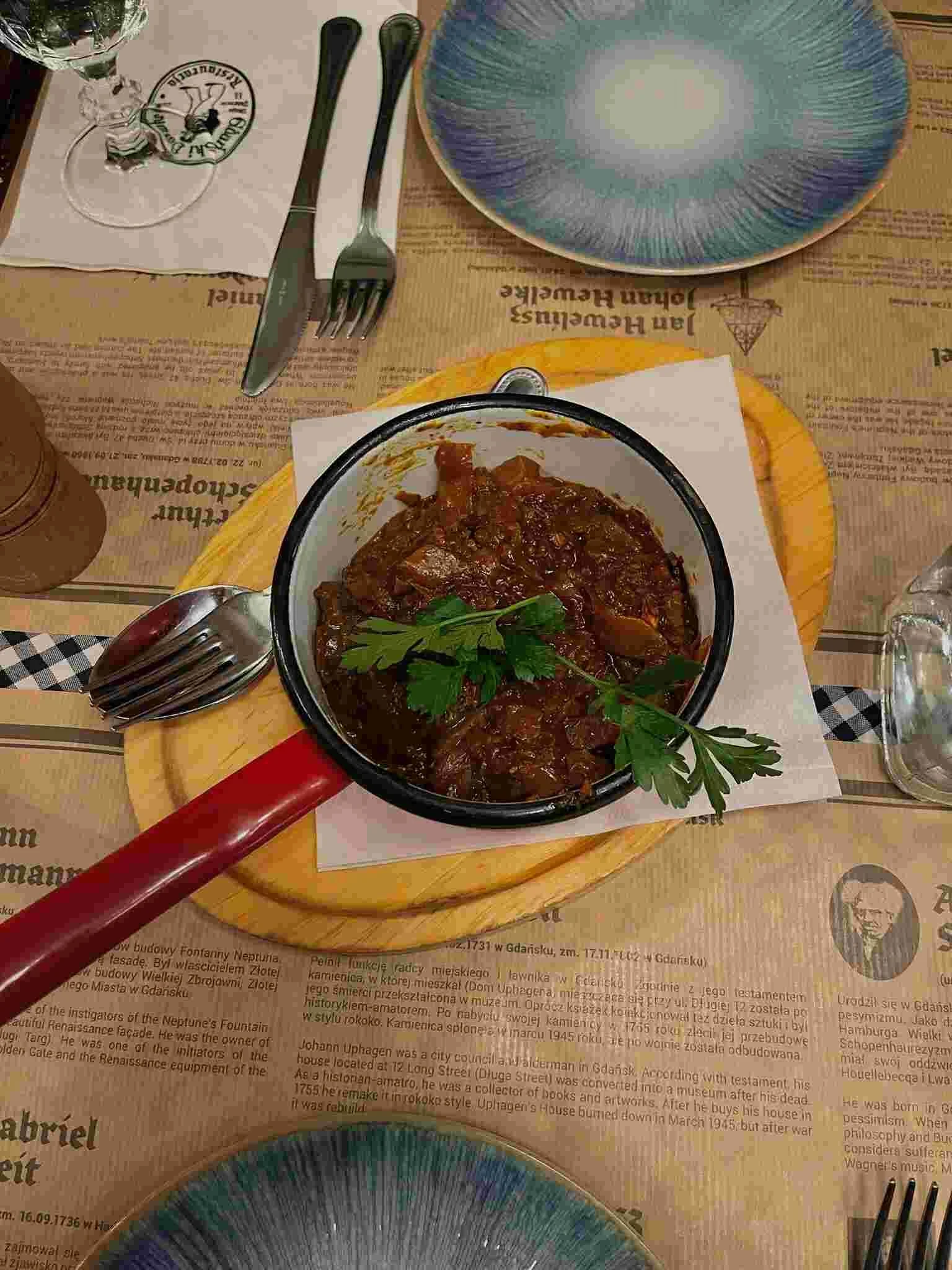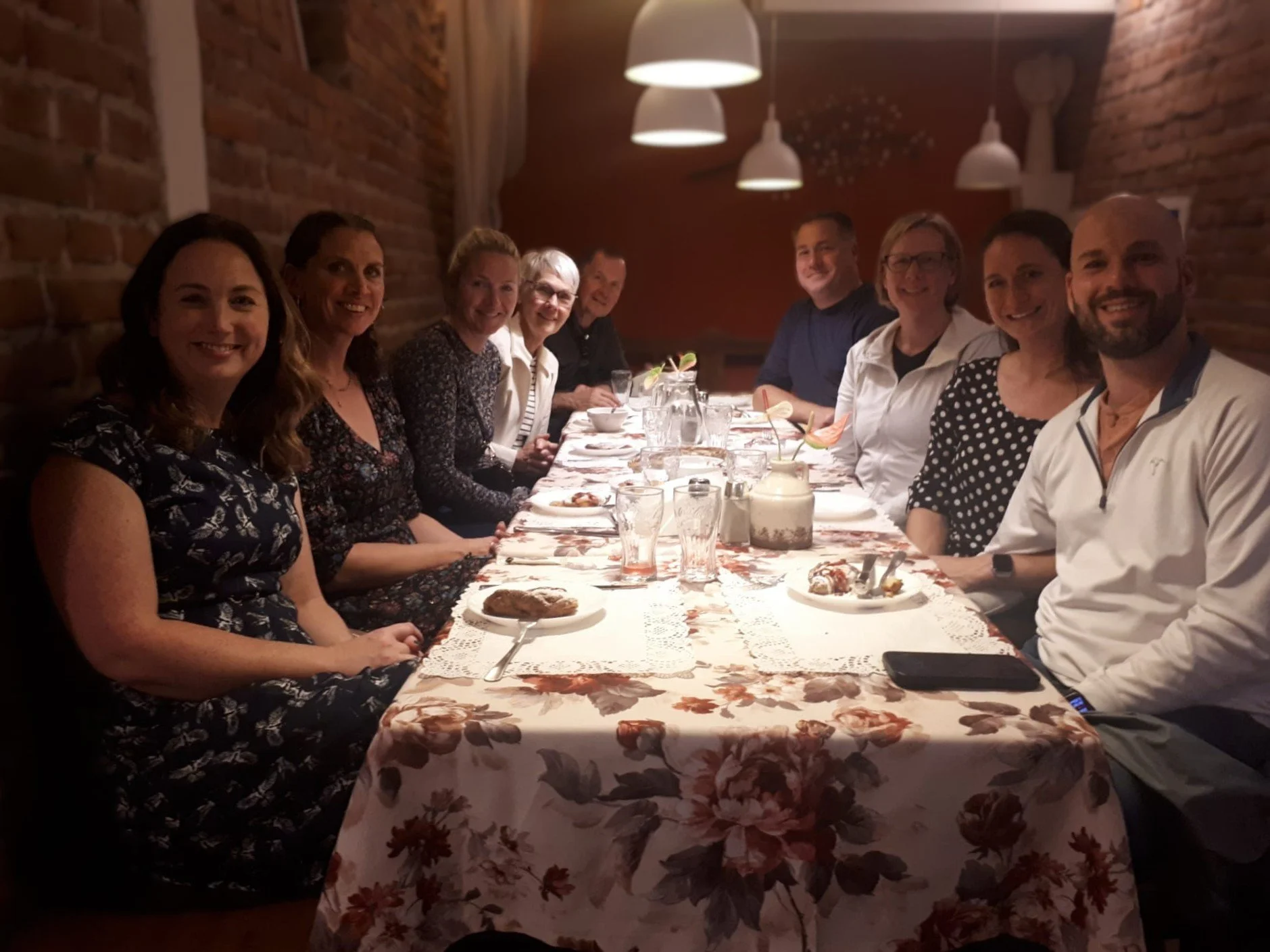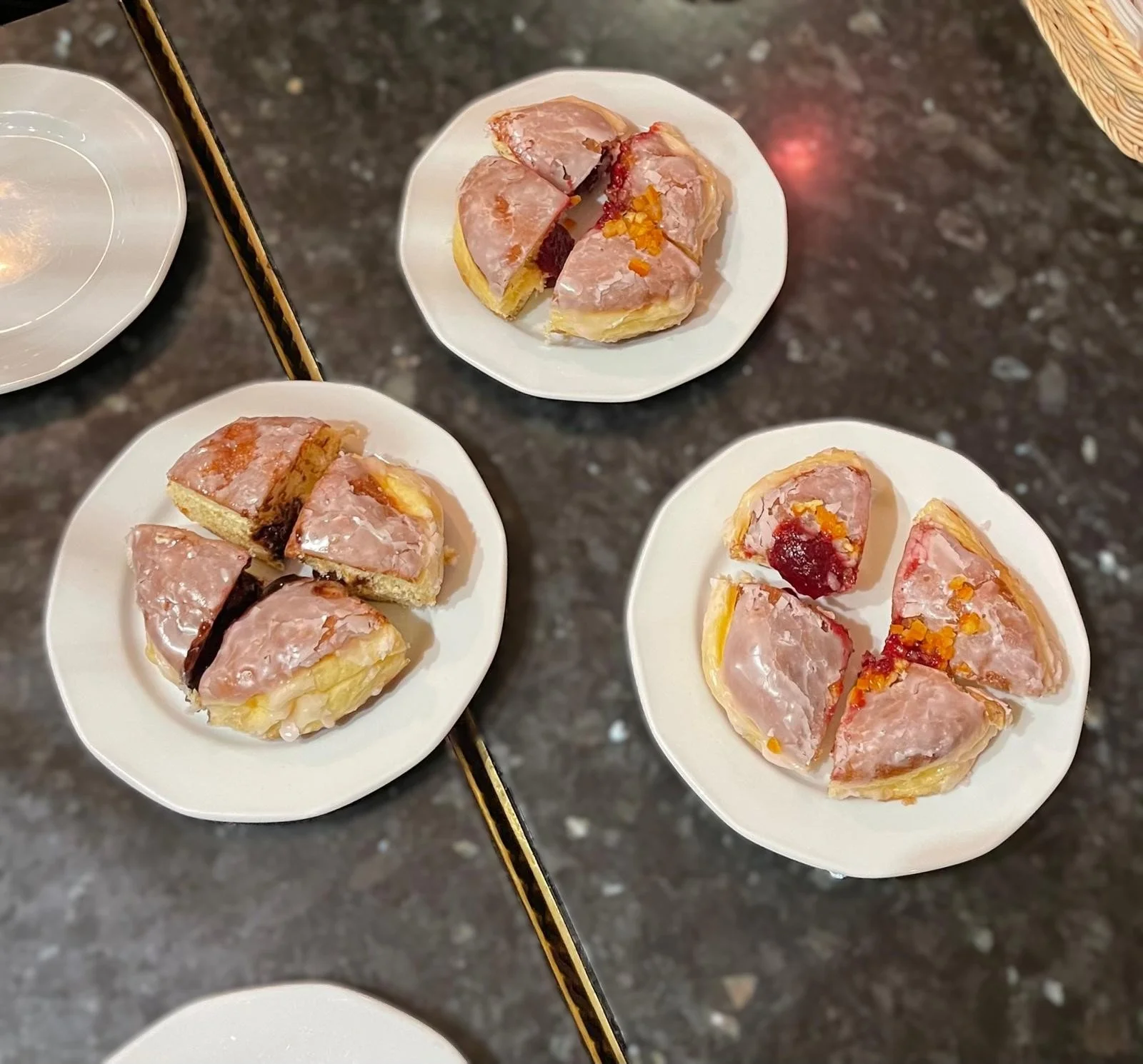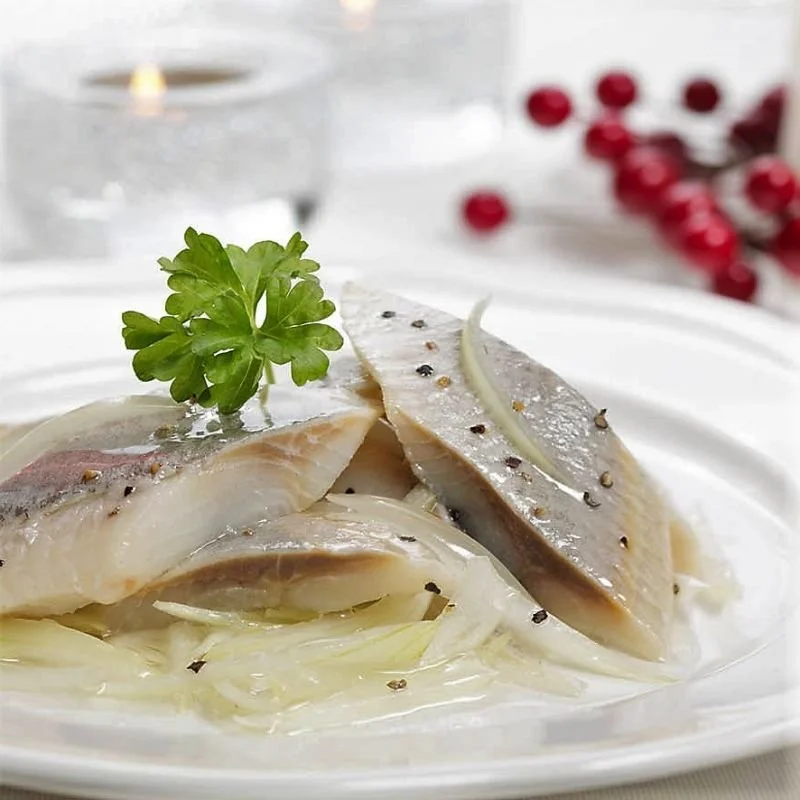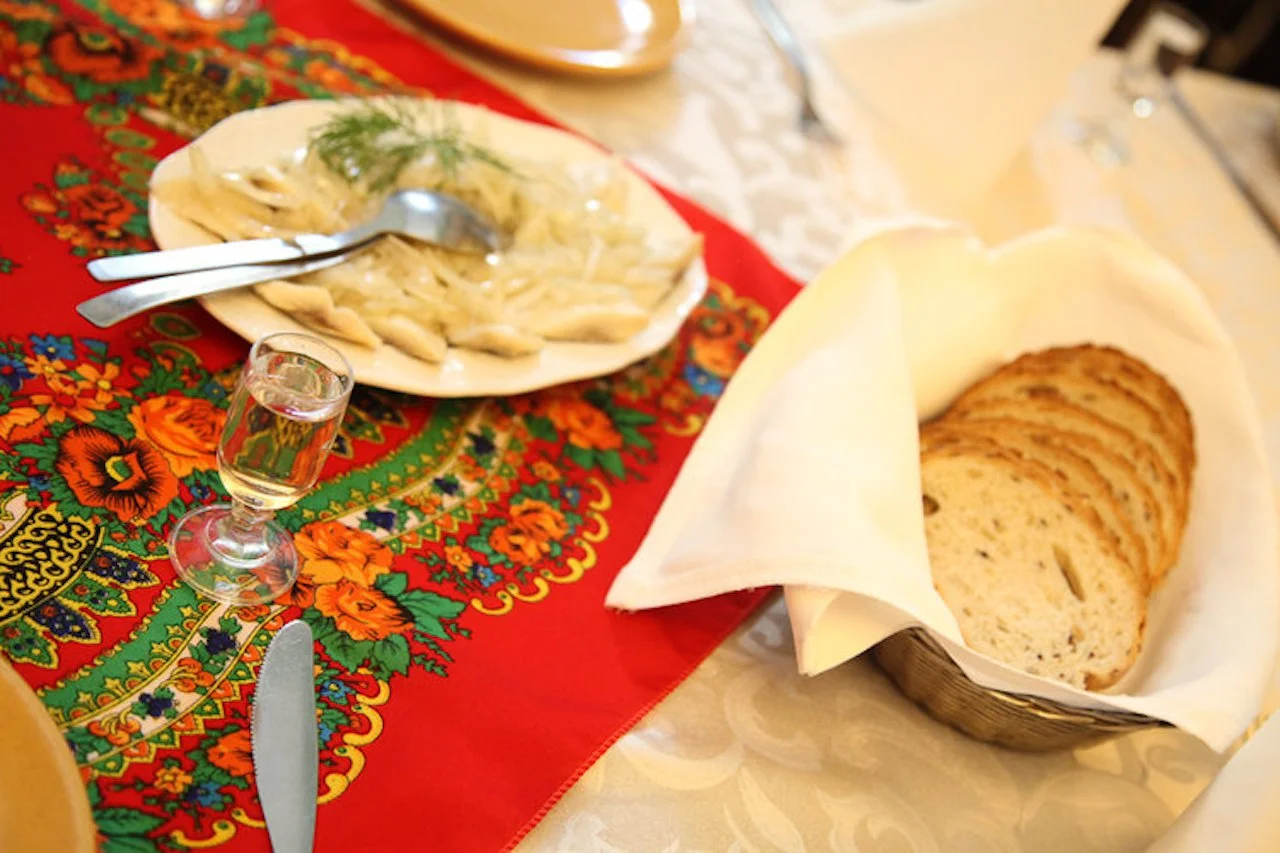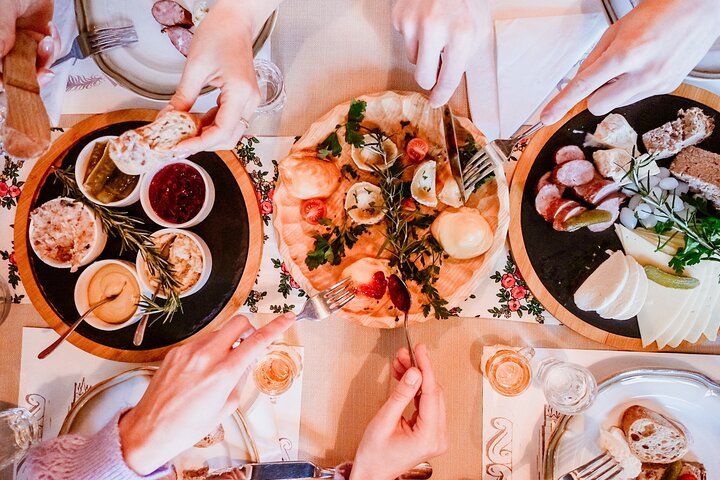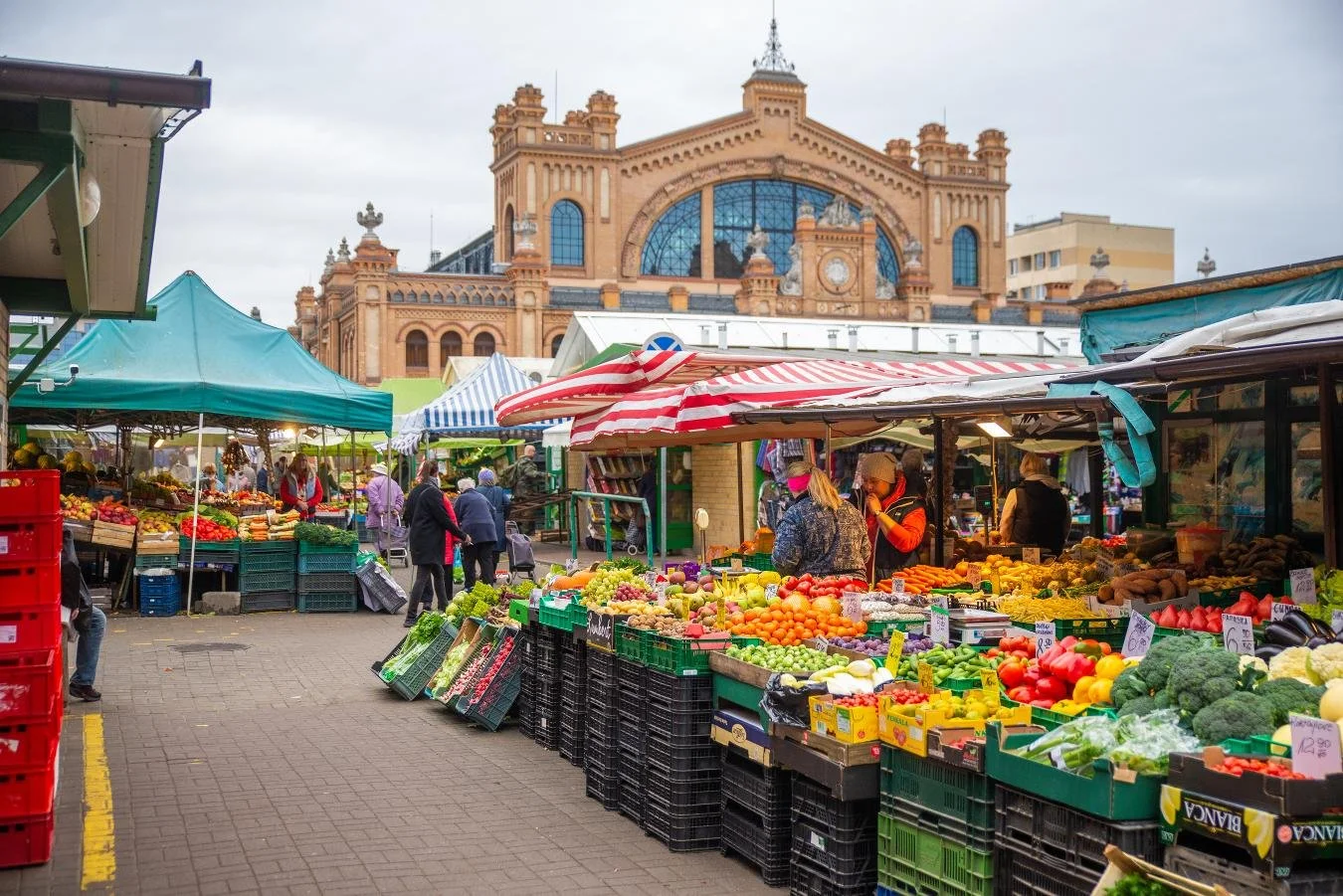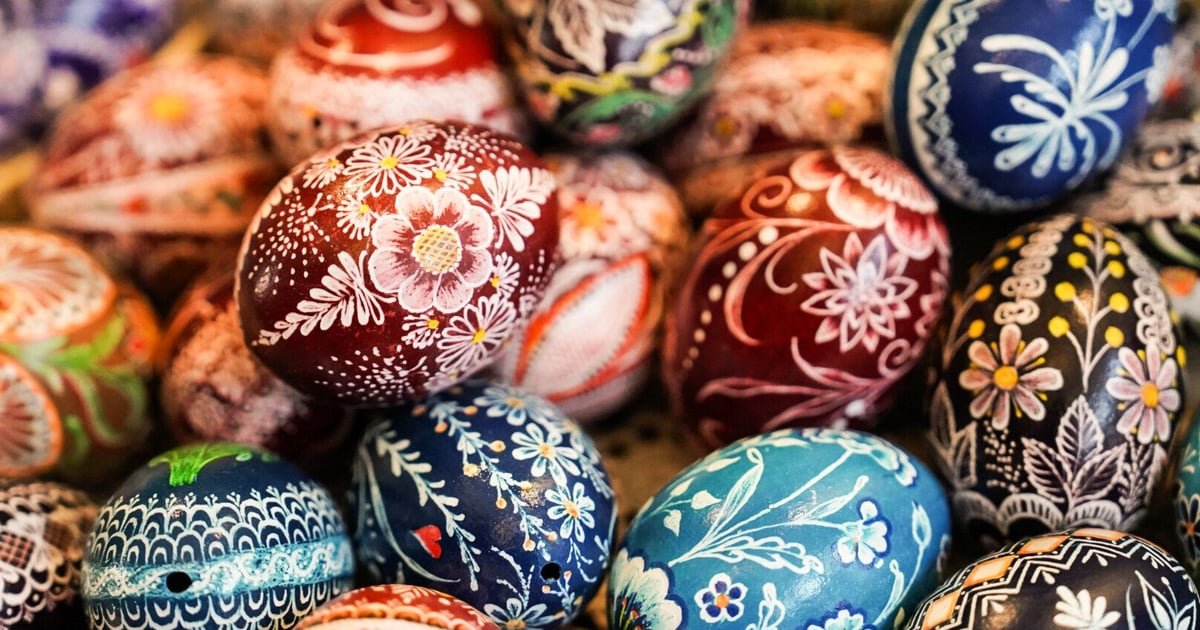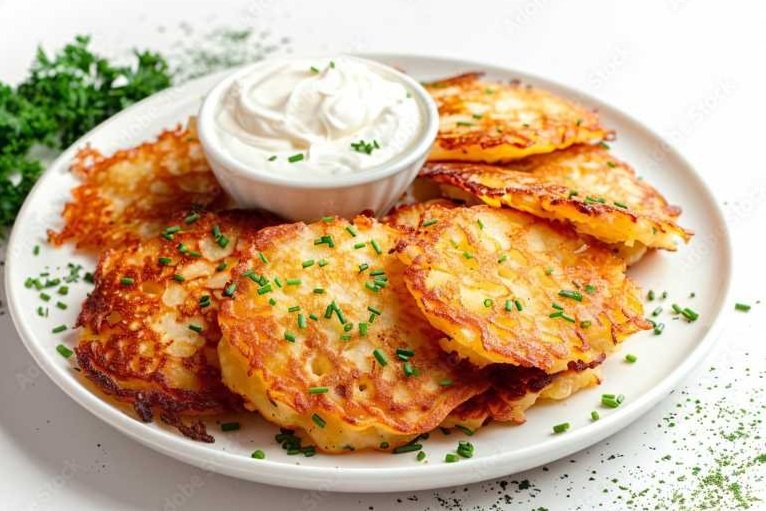What Is Bigos?
If there’s one dish that perfectly captures the soul of Polish cuisine, it’s Bigos — a hearty hunter’s stew that has warmed Polish hearts for centuries. Often called Hunter’s Stew, Bigos is a rich mix of sauerkraut, fresh cabbage, meats, and spices, slowly cooked until all the flavors melt together in perfect harmony.
It’s the kind of dish that feels like a warm hug on a cold day — the definition of Polish comfort food.
Photo: Delicious Poland
A Taste of History in Every Bite
Bigos has deep roots in Polish history. It dates back to medieval times, when hunters would prepare a pot of whatever meat they caught, mixed with fermented cabbage to preserve it longer.
Over the years, it became a national treasure — enjoyed by both peasants and nobles alike. Each region and each family has its own secret version of Bigos, making it a true symbol of Polish tradition and home cooking.
The Perfect Blend of Flavors
So what makes Bigos so special?
It’s all about patience and depth of flavor. Traditional recipes combine:
Sauerkraut and fresh cabbage
Various meats (usually pork, beef, sausage, or game)
Dried mushrooms
Prunes or apples for a hint of sweetness
Aromatic spices like bay leaf, juniper, and pepper
Bigos tastes even better the next day — and even better after being reheated a few times. The longer it sits, the richer it becomes.
Why Bigos Is the Ultimate Comfort Food
There’s a reason Bigos is always served at Polish family gatherings and winter celebrations:
It’s hearty and filling, perfect for cold weather.
It brings back childhood memories for many Poles.
It’s best shared with friends and family over a glass of vodka or mulled wine.
It represents warmth, togetherness, and tradition — everything that makes food comforting.
No matter where you come from, Bigos has that universal magic that makes you feel at home.
Try Making Bigos at Home
Feeling inspired? Here’s a simple tip:
Make a big pot, let it rest overnight, and reheat it the next day. You’ll understand why Bigos is the heart of Polish cooking.
Bigos isn’t just food — it’s a story of Polish heritage, resilience, and love for good company. Whether you try it on a chilly evening in Kraków or make it in your kitchen abroad, one spoonful will transport you straight to the heart of Poland.
So, next time you think of comfort food, think of Bigos — the ultimate Polish classic.
👉 Book your food tour today — and eat like a local!


